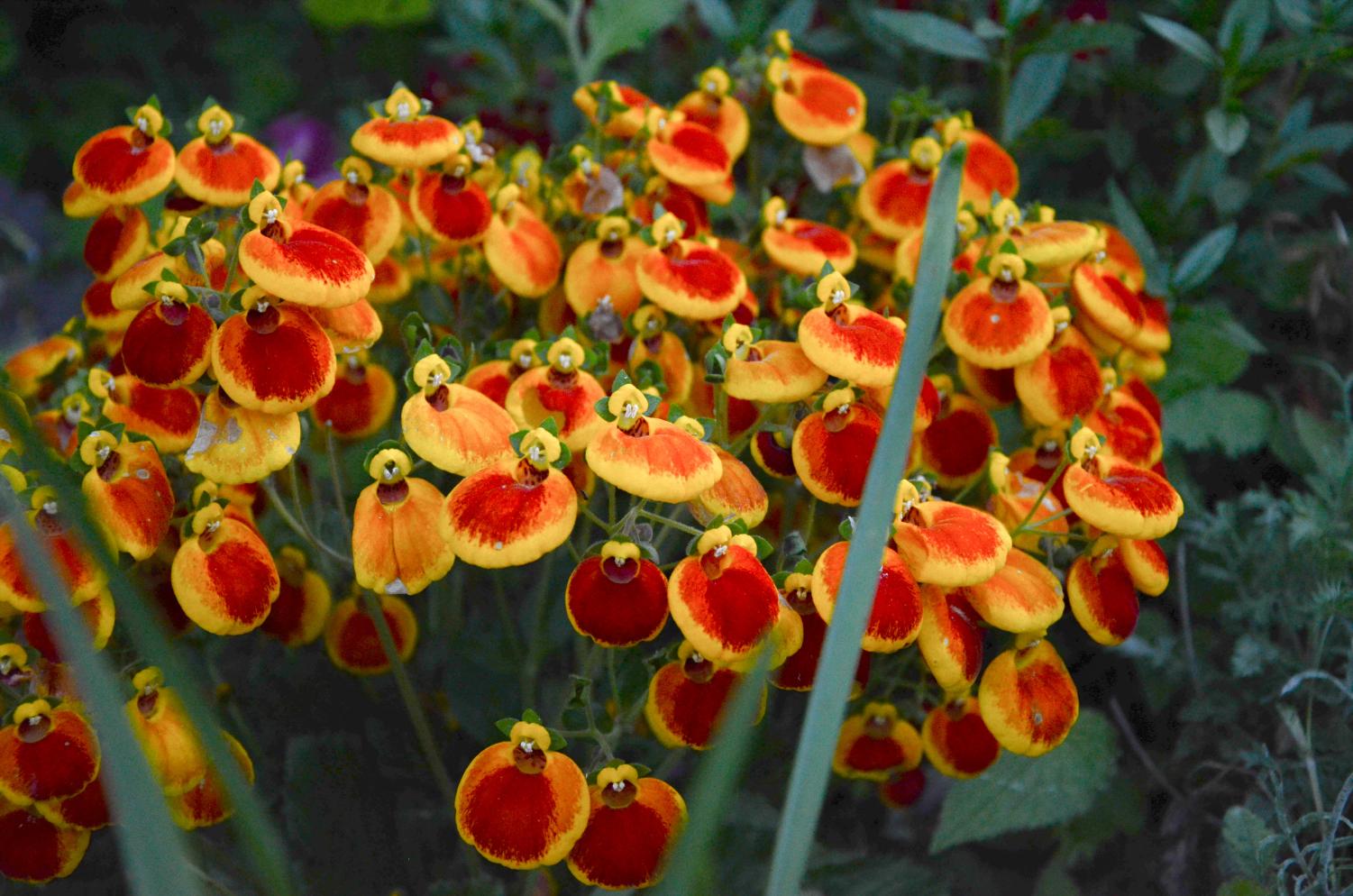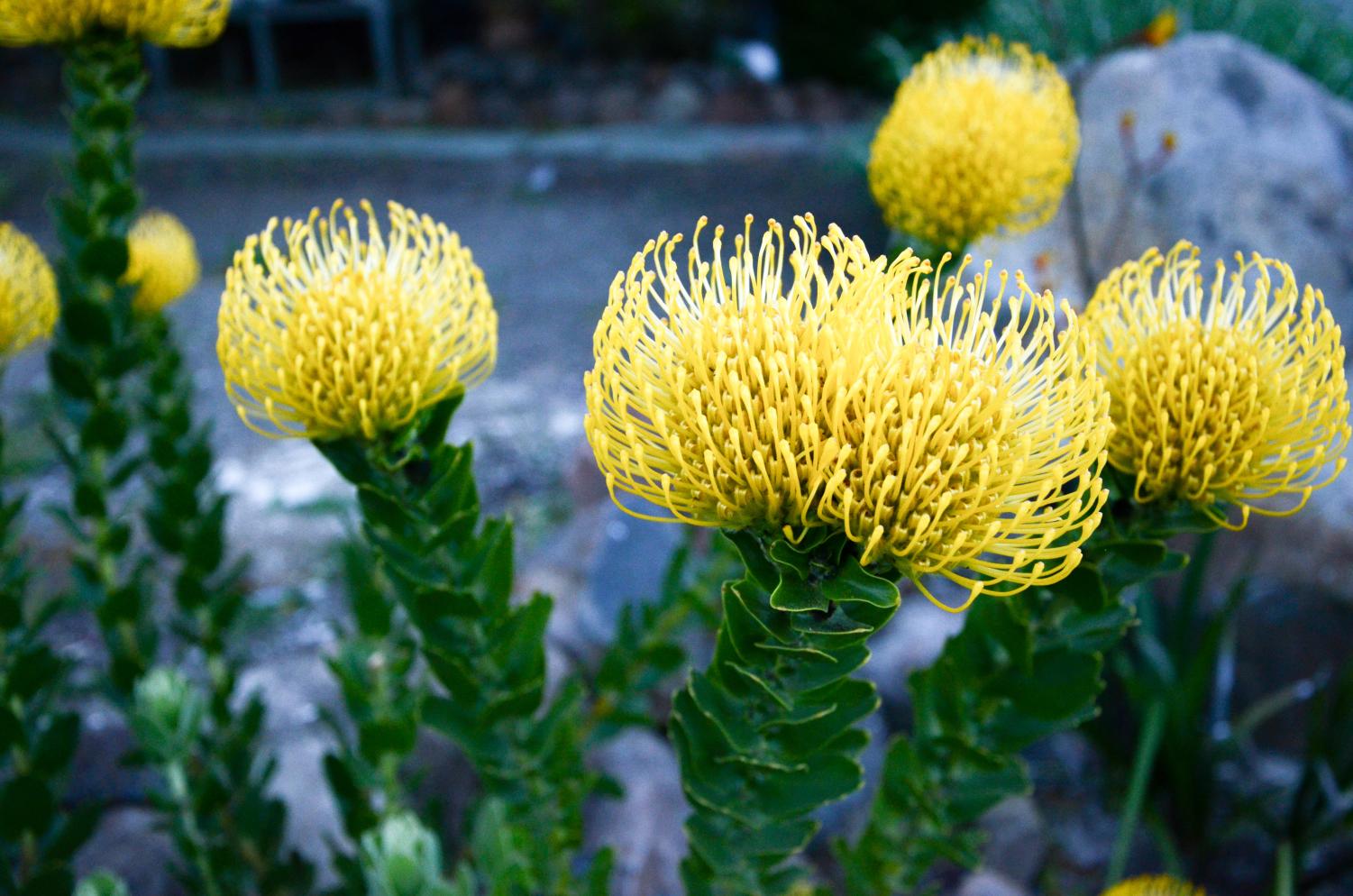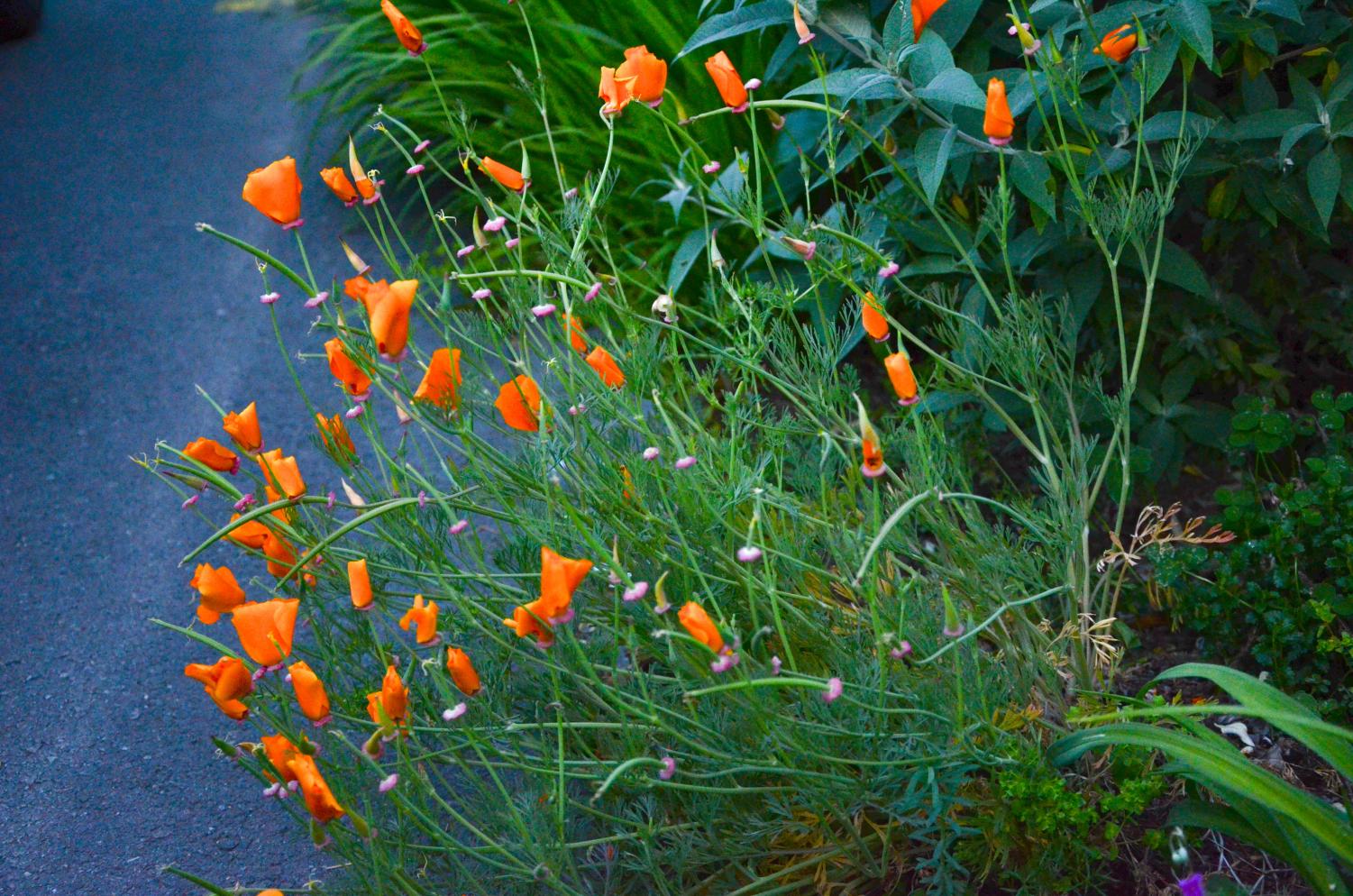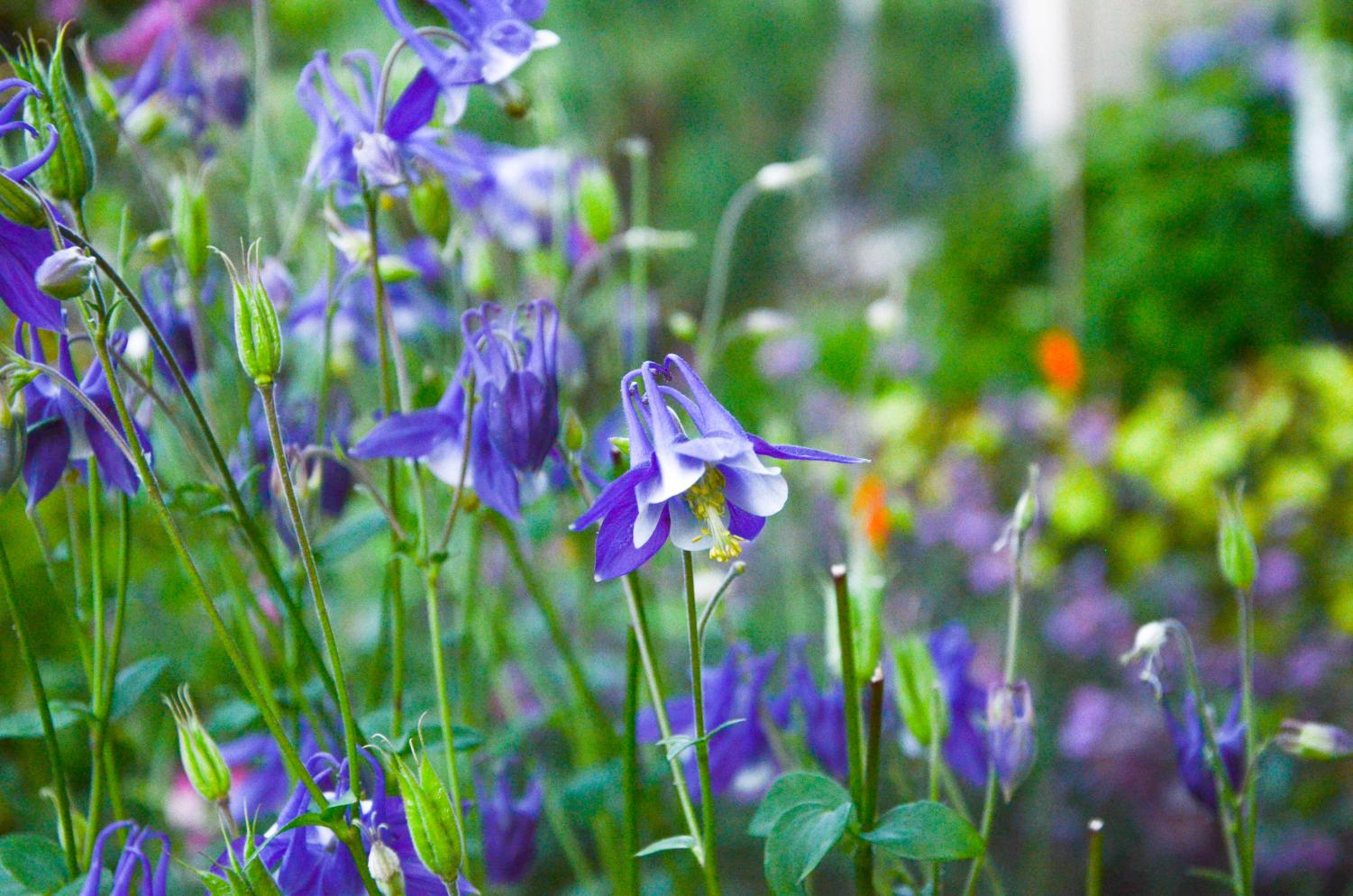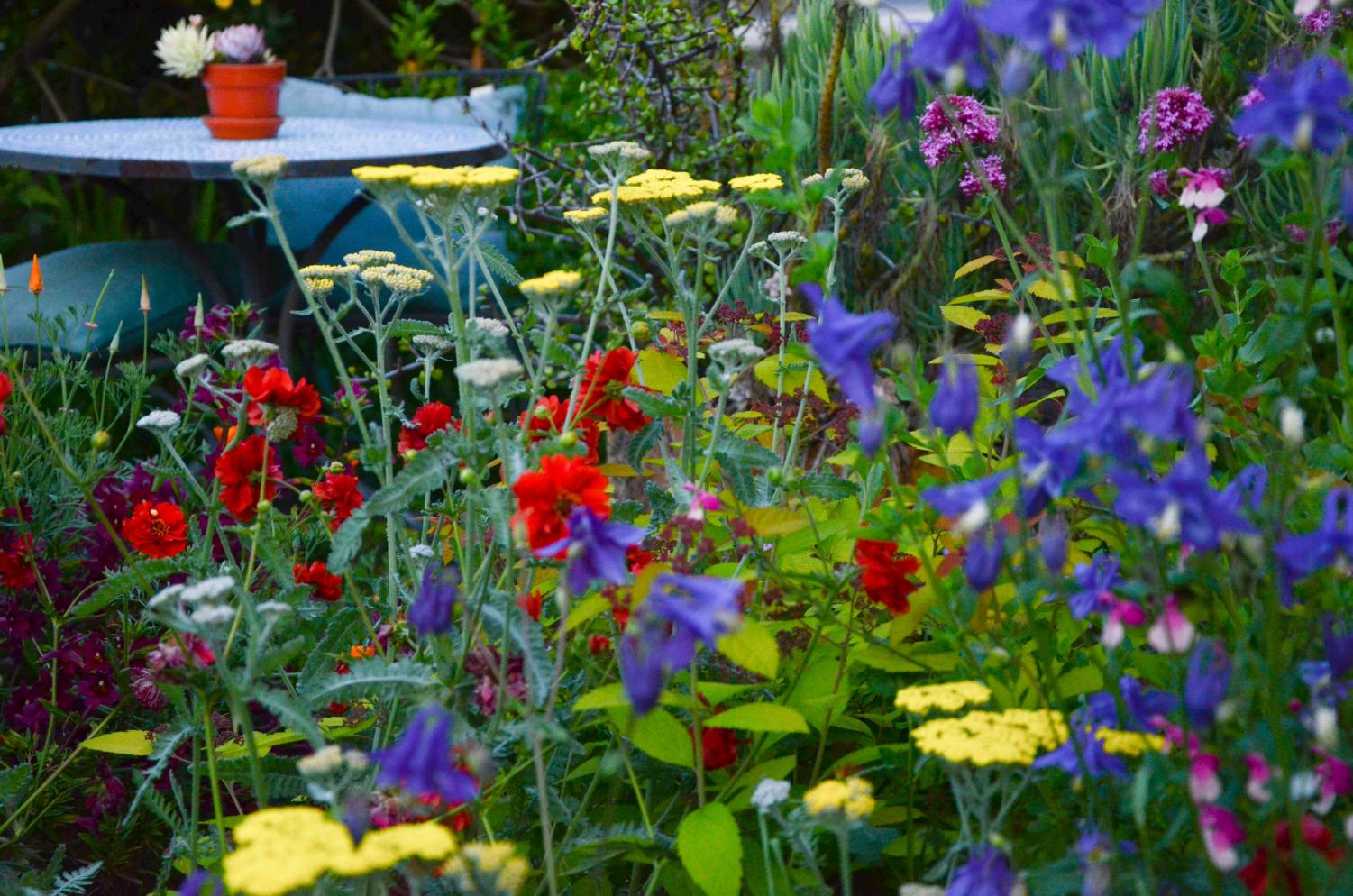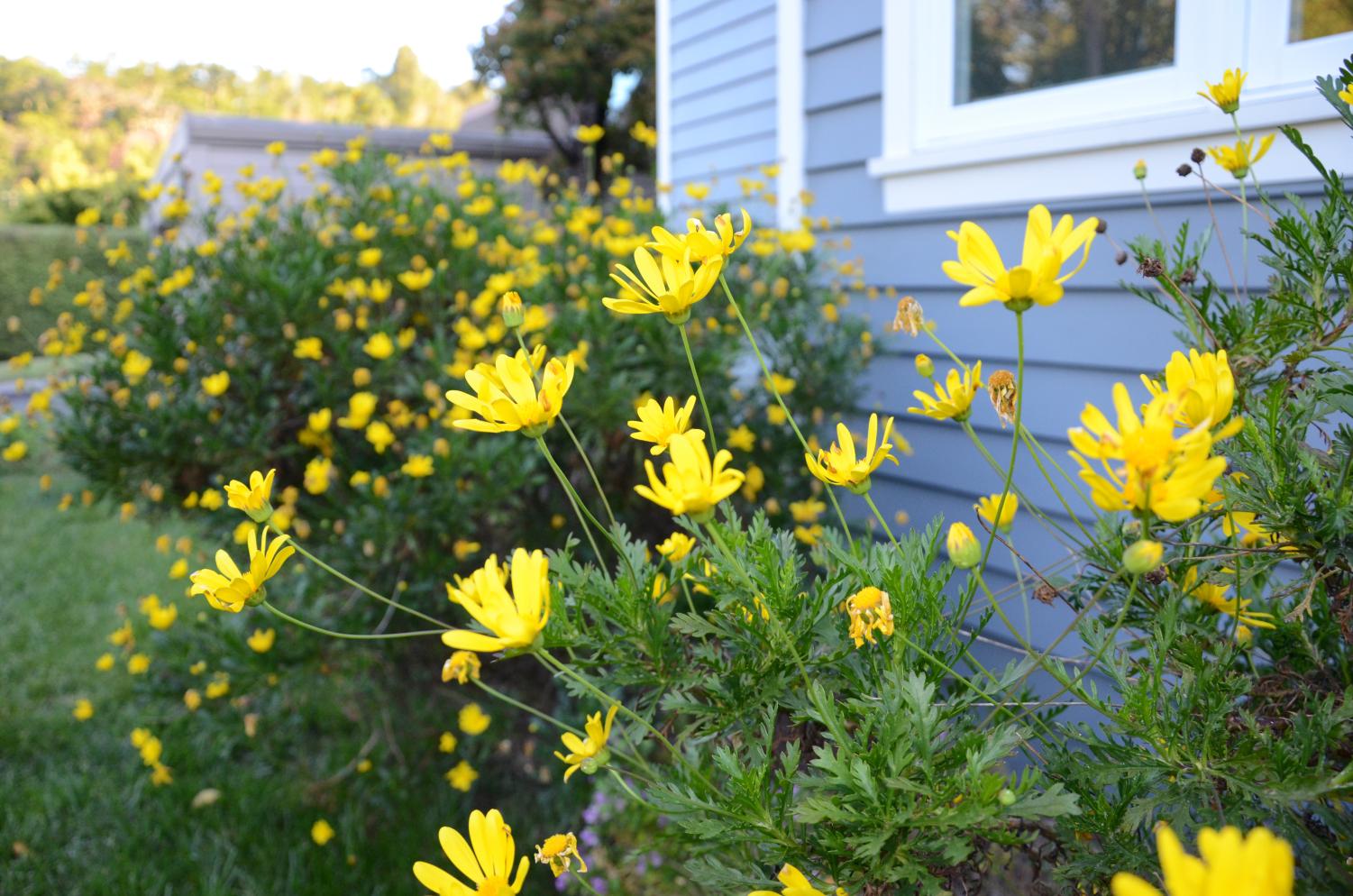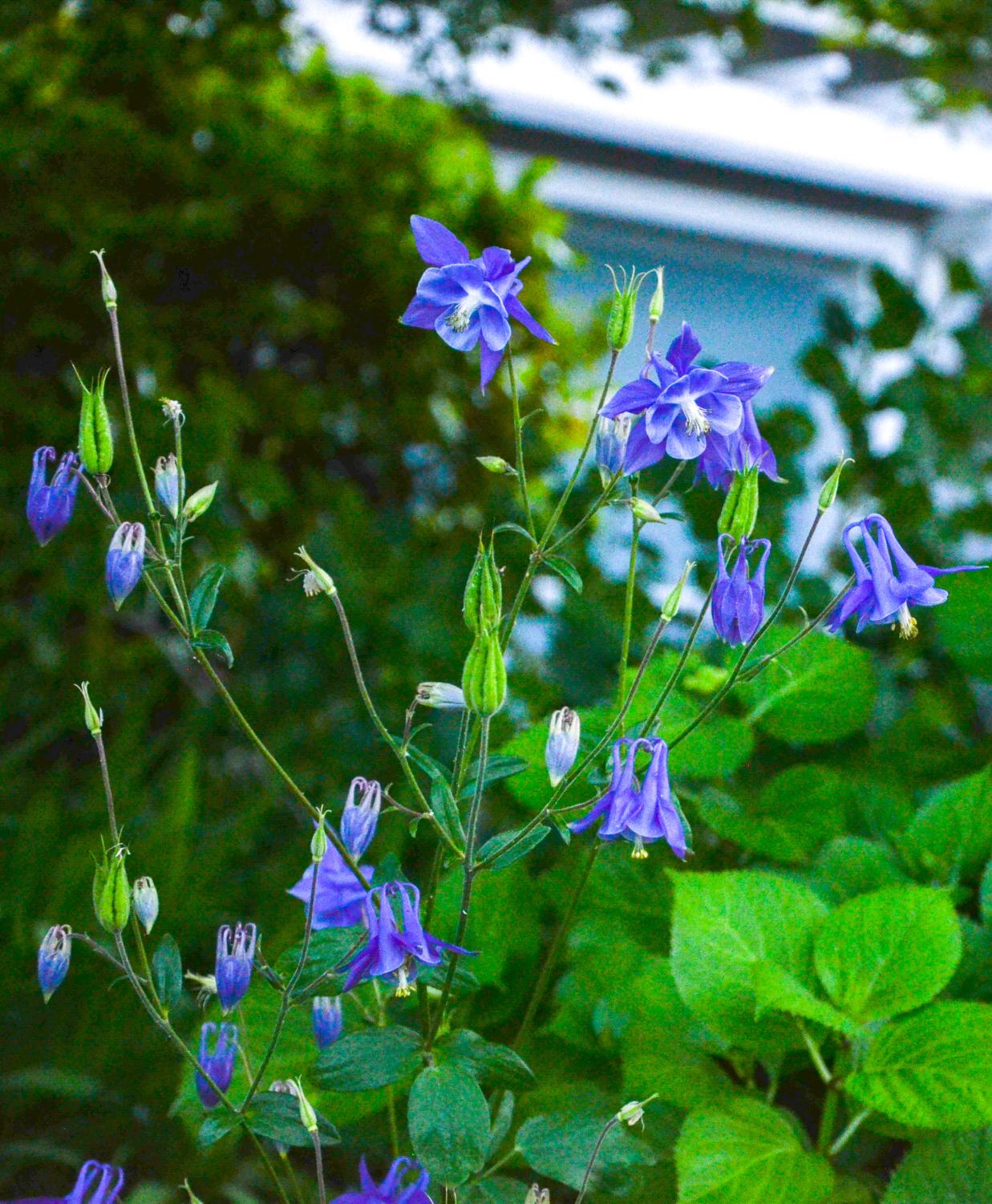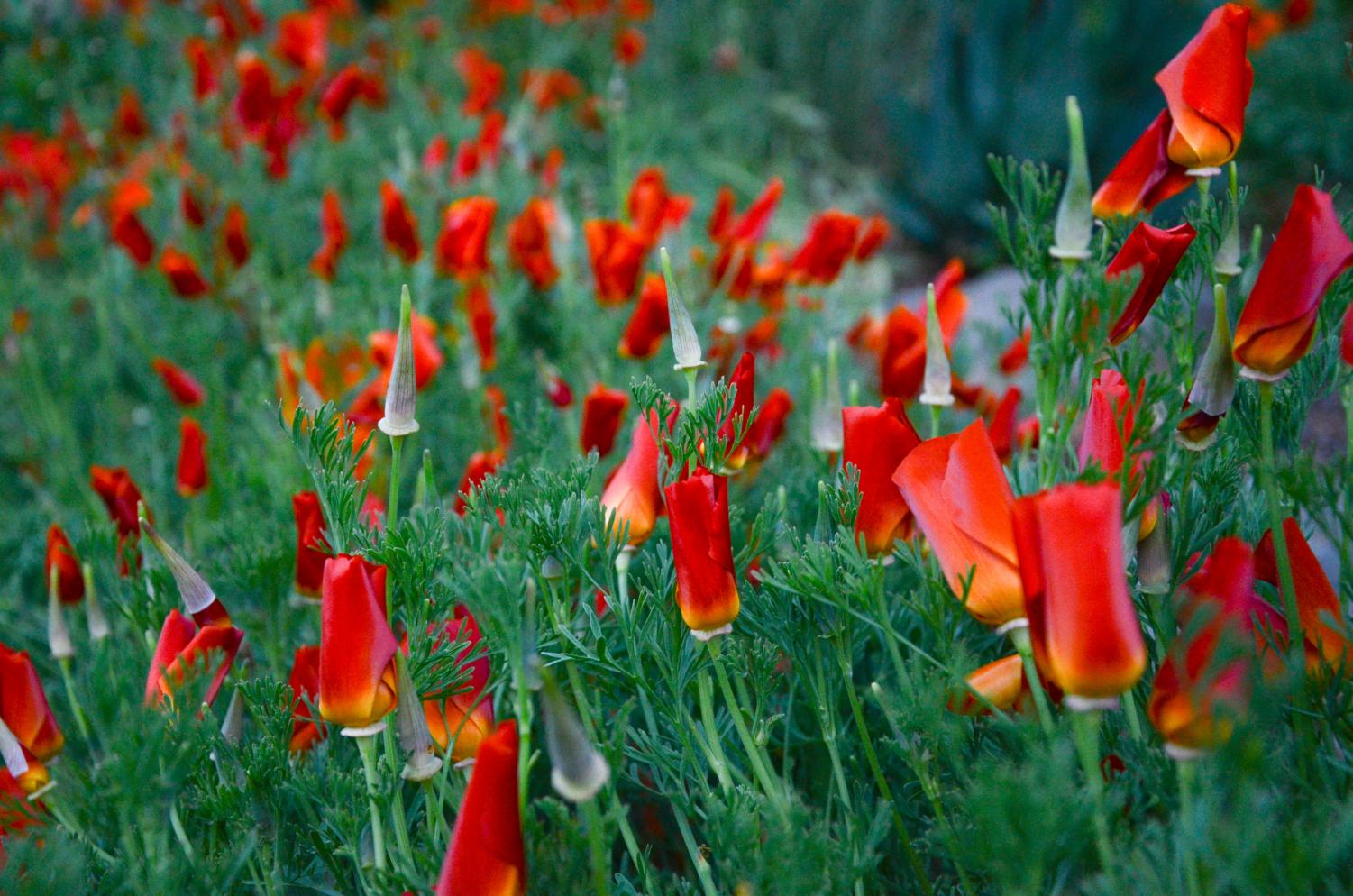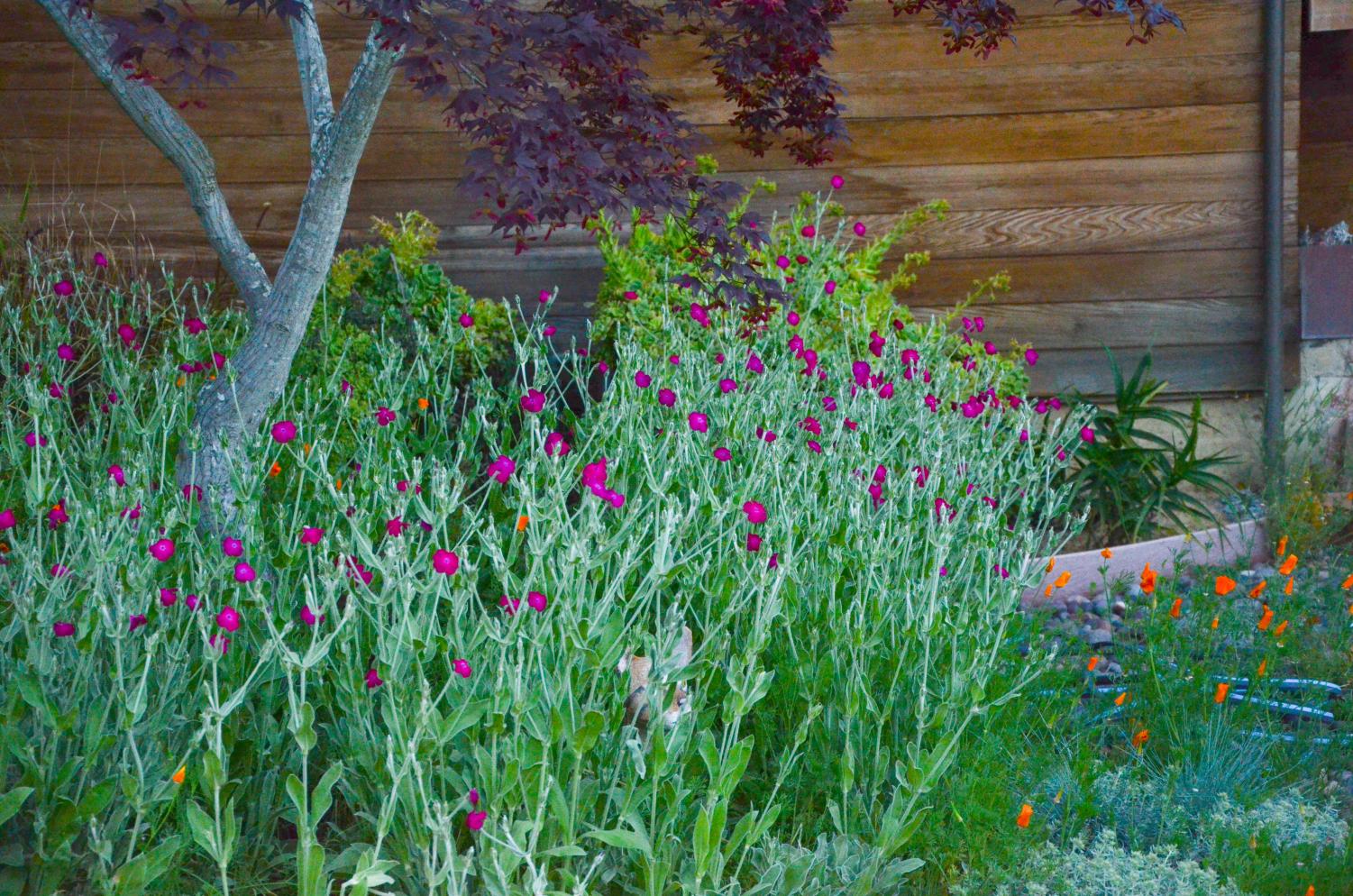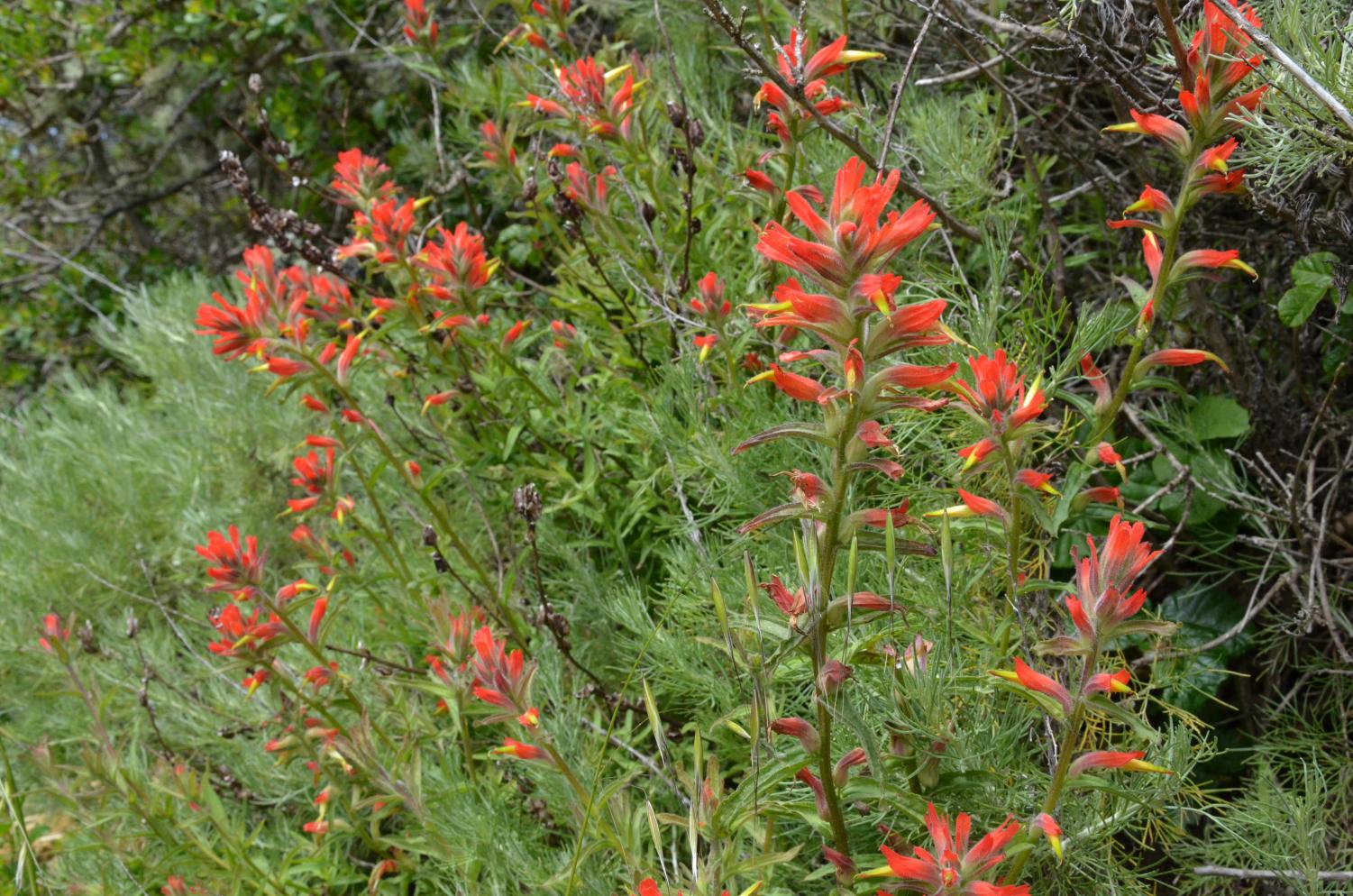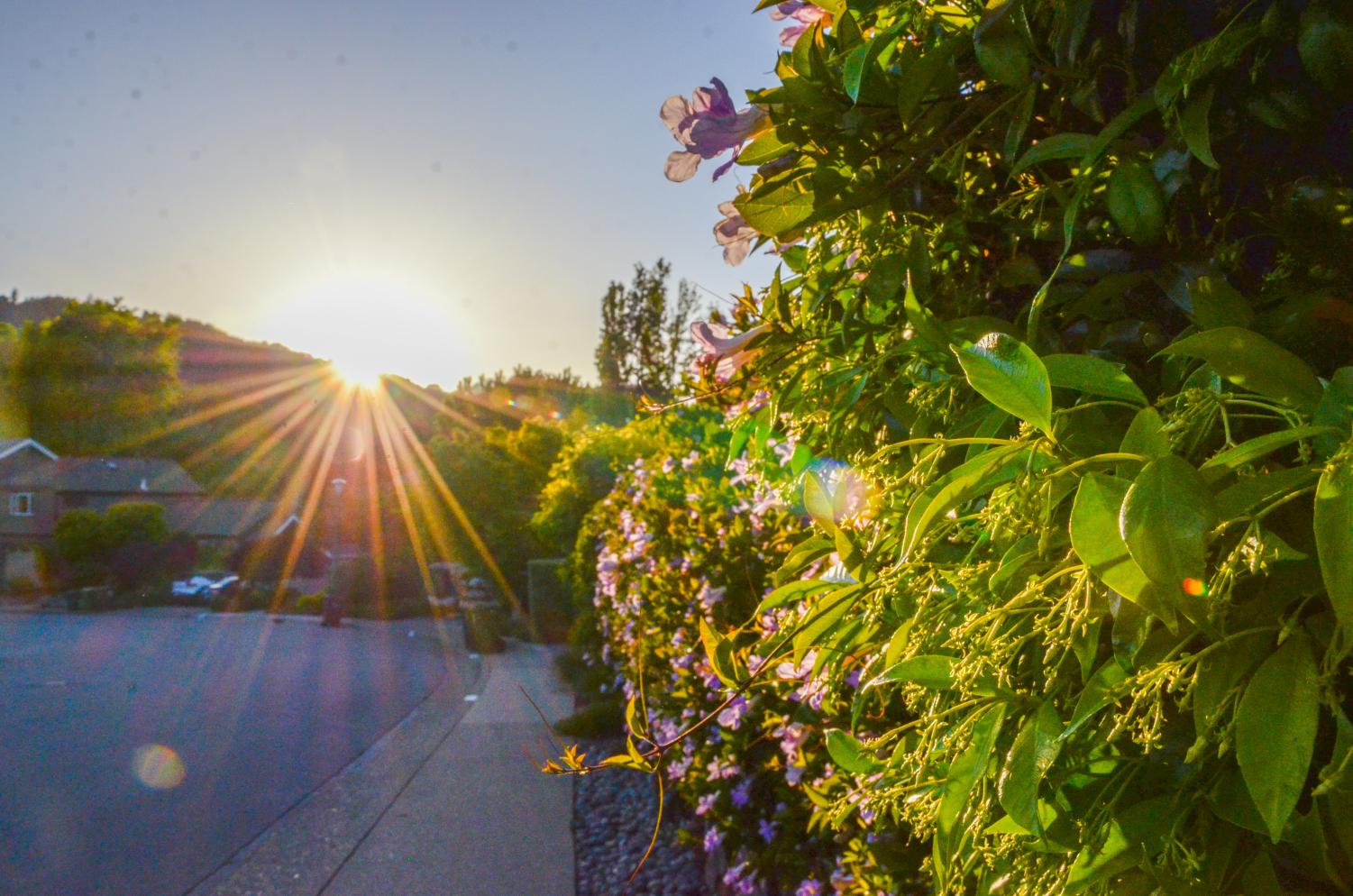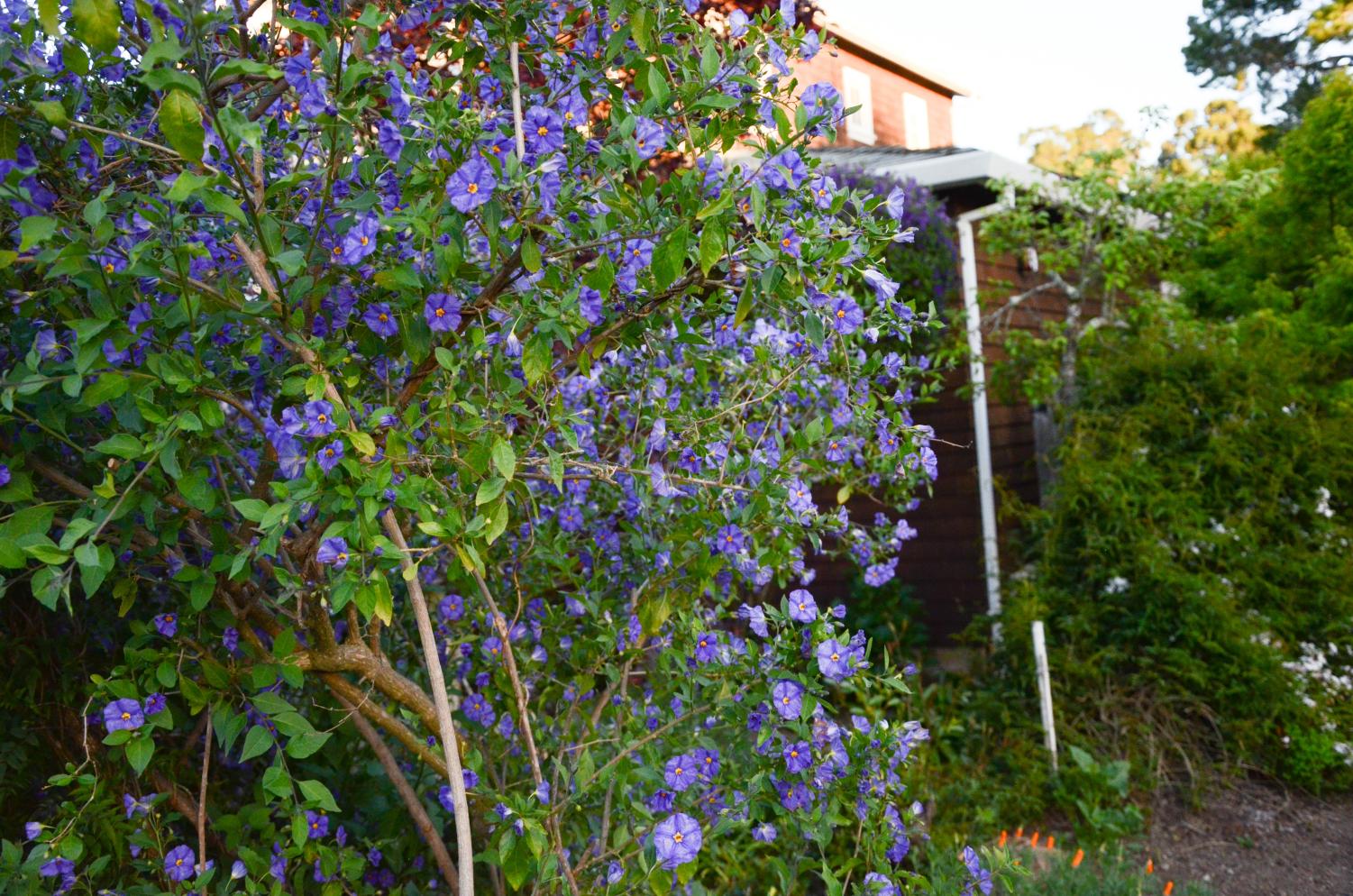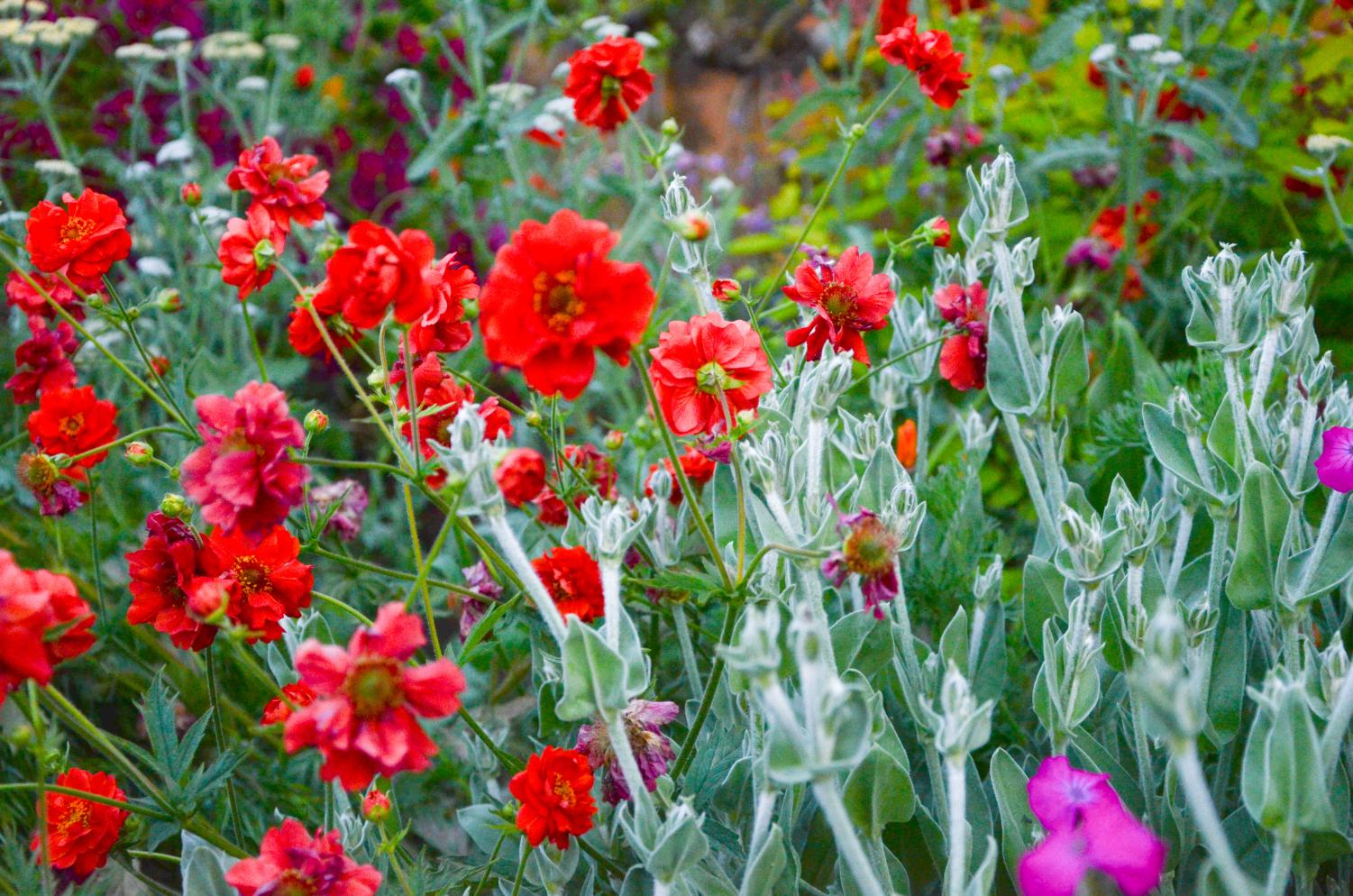After experiencing unprecedented amounts of rainfall this past winter, California is experiencing a superbloom for the first time since 2019. The phenomenon occurs when annual winter flowers bloom all at once in a previously dry landscape. Some of the most common flowers currently blooming are poppies, lupines and other wildflowers.
Senior Holden Hitchcock, president of the Botany Club, explains that while the superbloom may seem unique, it is actually a natural process for many ecosystems, especially in California’s Mediterranean climate.
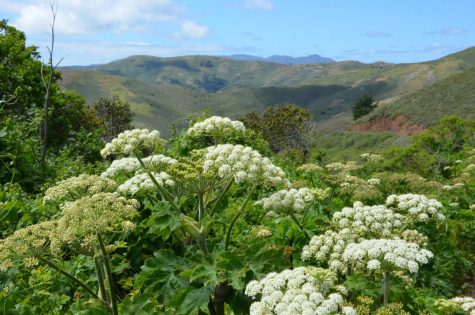
“The superbloom refers to when California gets inundated with a lot of water. As a result, flowers that lay dormant in the ground for decades upon decades have enough resources, usually water, in order to bloom. So you see these massive areas with colorful wildflowers and a superbloom. It’s very integral to the ecosystem of California,” Hitchcock said.
Although the superbloom this year may seem especially large to those who have not seen one before, the size of the blooms in California have decreased as the state has become more populous. Catherine Wolfers is a University of California Master Gardener, who informs the public about horticulture, the study of plants in gardens or greenhouses. Wolfers notes that the previous size of superblooms have exceeded that of today’s.
“The superbloom that we’re having now is a fraction of what it was 100 years ago. As more and more people have moved to California, not only for housing, but [also] for agriculture, all of these native seeds have been wiped out. So the fact that we are still able to get this superbloom is pretty amazing, and it’s a great indicator [of the health of the environment],” Wolfers said.
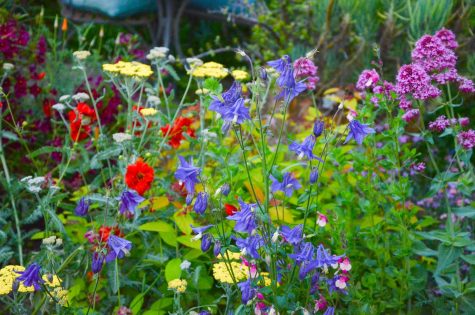
Images with acres of colorful flowers filling the middle of arid desert regions have attracted travelers around the state, who hope to take their own photos of the rare and beautiful occurrence. However, Wolfers notes the importance of preserving ecosystems and their natural cycles when viewing the flowers.
“A bad application [of a superbloom] is when everybody wants to go take their Instagram pictures and flock to these areas, and then [you have to] worry about [the flowers] getting trampled. When that happens, it not only kills the plant, but it kills the potential for those seeds to spread,” Wolfers said.
Hitchcock also added that the flowers shown in many photos from other regions in California are not endemic to those areas. Rather, they can also be experienced in Marin and the Bay Area.
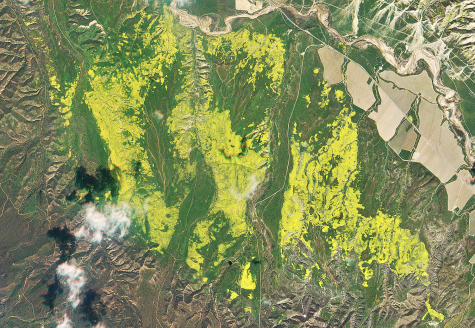
“Usually, when we think of superblooms, we think more about Southern California and areas that are drier than Marin County. However, even though [the county] gets more wetness on average, you can still see the superbloom here in [Marin]. You can see [the flowers] on Horse Hill around the highways, with an above average amount of flowers blooming. I don’t think you need to get in the car and go look for it,” Hitchcock said.
Both Hitchcock and Wolfers find that by planting native flowers in local gardens and yards instead of lawns and other foreign plants, it is possible to continue to see these flowers in the future. Wolfers also stresses the importance of superblooms in California’s history and its value in the environment.
“People have been [viewing the superbloom] for generations, ever since the early 1900s when people were starting to get cars and drive out into nature. There are pictures of Victorian times of people going out and visiting these superblooms …. [which are] a good reminder to appreciate the beauty in our world and not take it for granted, and to rejoice when it happens and enjoy it as much as you can with your eyes as opposed to picking or walking or a fleeting Instagram moment,” Wolfers said.
